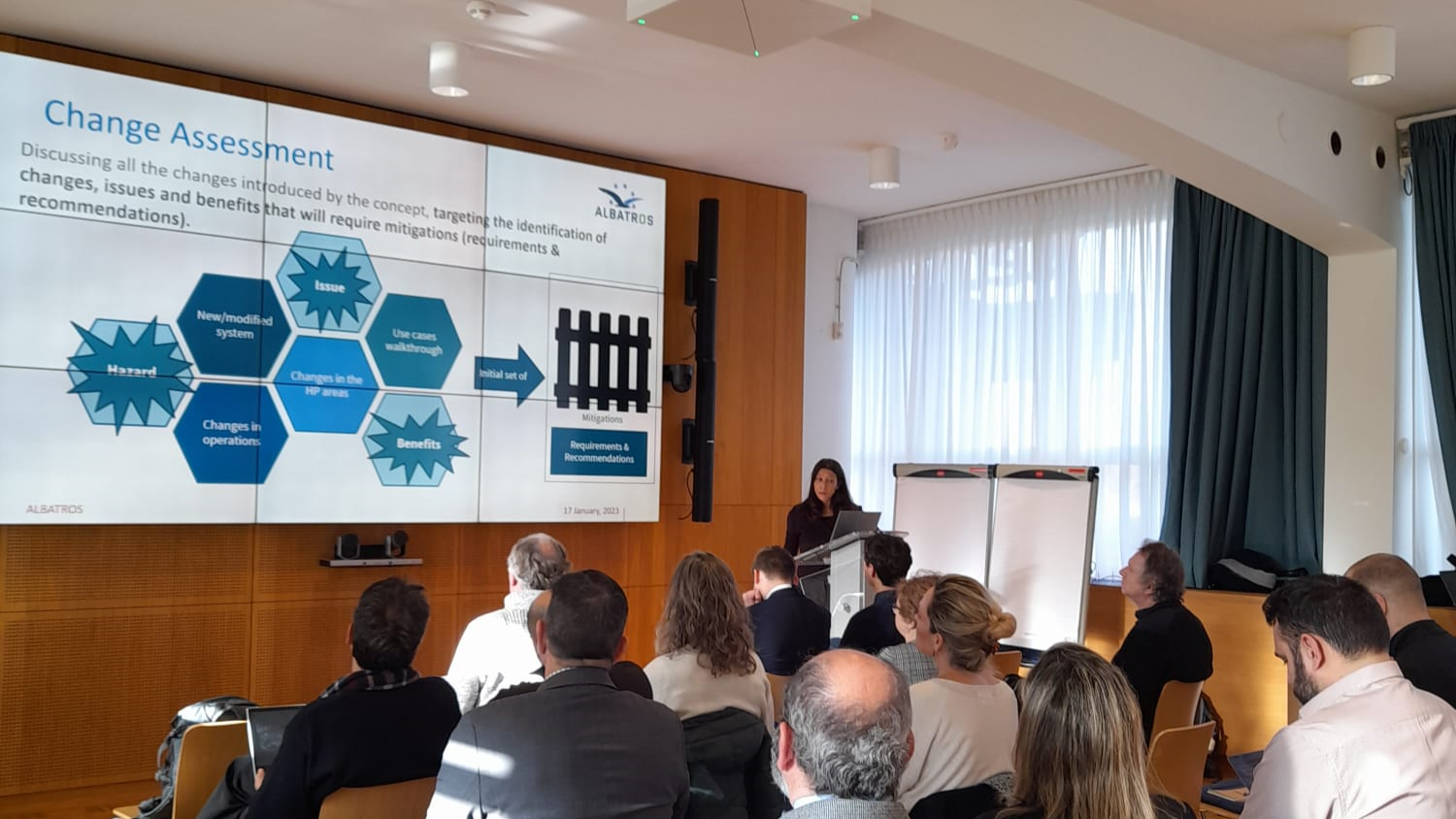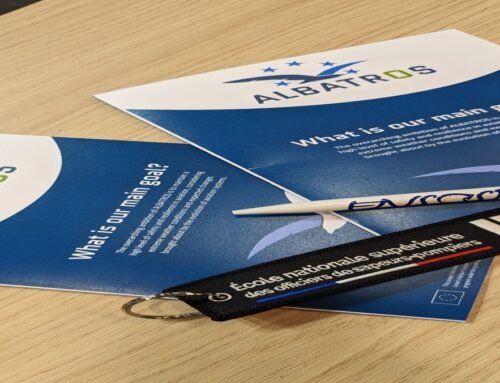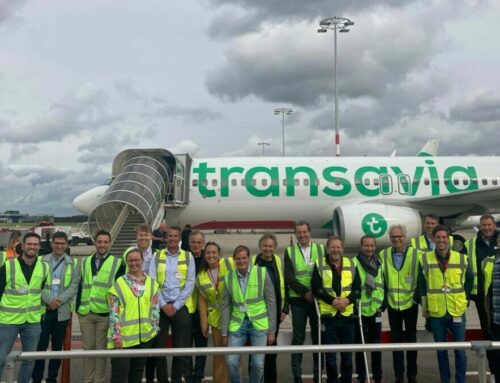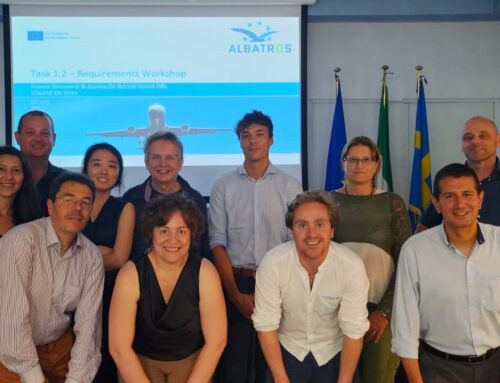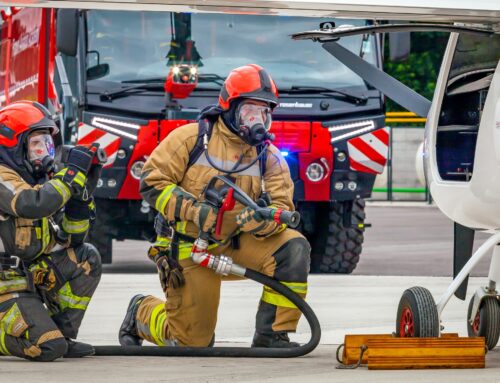Maintaining high safety levels in the transportation sector is of primary importance in every sub-domain, but when talking of aviation, they are even more relevant. Aviation has historically committed to giving citizens a safe and time-efficient way to reach destinations across continents. This has always allowed the sector to introduce innovation without sacrificing passengers’ protection.
More recently, climate change and technological developments such as the introduction of electric and hydrogen-powered aircraft, with the relative need of managing new fuels and energy systems at the airport, are keeping high the demand for safety despite the introduction of innovations needed to reduce the impact on climate.
ALBATROS – Advanced systems and solutions for better practices against hazards in the aviation system
In the European Union, the European Climate Infrastructure and Environment Executive Agency (CINEA) and the European Green Deal aim to boost the efficient use of resources by moving to a clean, circular economy and stopping climate change, revert biodiversity loss and cutting pollution. In the framework of Horizon Europe, an innovative project has been funded to foster advancement in aviation while maintaining high safety levels. The innovation action started in October 2022 will develop a concept for (near) real-time sharing of safety information to support decision-making in preventing or managing emergencies. The innovative concept will take as input the results from different activities, for instance, the development of risk models to predict and prevent new hazards (climate change, space weather, new fuels, and cyber threats).
Real-time sharing of safety intelligence and the risk models
In mid-January, the ALBATROS Consortium held a series of meetings to kick off the activities concerning the concept development for sharing safety intelligence and safety risk models for prediction and prevention. ALBATROS met with the Advisory Board the same week to present the project work plan and expected outcomes and collect feedback from the aviation industry.
The concept development follows five steps. In the following months, the Consortium will perform a refined analysis of the existing approaches of the European Aviation Crisis Coordination Cell (EACCC) and the Global Aeronautical Distress & Safety System (GADSS) to propose key improvements and adjustments. Next, baseline requirements and procedures will be established for developing an initial concept for sharing safety information. The Consortium will use the results of these analyses to design an initial version of the concept describing the current operational environment and identifying gaps. The concept development will then continue with a comprehensive overview of methods, technologies and systems addressed by the project. This review and all the work carried out within the project will feed the final version of the concept.
The design of safety risk models and analysis of safety data for prediction and prevention has a similar structure, though it covers the entire project duration. The Consortium designs a risk assessment method with a scenario-based approach to evaluating the risk related to new hazards in aviation and new aircraft entrants. Among the new hazards, ALBATROS considers the effects of climate change on airports, the risks associated with new fuels and energy systems (e.g., electric powertrains and hydrogen-fuelled aircraft), and the impact of cybersecurity incidents and threats on aircraft safety.
We are on LinkedIn and Twitter! If you are interested in the ALBATROS progress and you want to stay closer to the Consortium activities, follow us on social media or subscribe to our mailing list!


